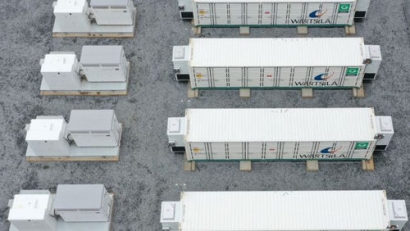
The sites will play an important role in supporting public safety during significant weather events, as well as addressing overall electric grid efficiency and reliability.
“Batteries are an exciting technology that allows us to bring more renewables onto the grid and support resiliency in our communities,” said Catherine Stempien, Duke Energy Florida state president. “These projects help us determine the best uses so that when battery storage technology becomes even more cost-competitive, as it is projected to do, we can deploy them quickly for the benefit of our customers.”
The versatility of battery storage technology allows Duke Energy, as the grid manager and operator, to maximize benefits to customers and the grid.
“Duke Energy’s new battery energy storage project will provide students at John Hopkins Middle School with a real-life lesson about solar energy and the need to protect our environment by seeking alternative methods of generating electricity,” said Clint Herbic, associate superintendent of operational services for Pinellas County Schools. “It also will be a critical addition for our county’s residents, as the school also serves as a Special Needs Hurricane Shelter.”
The battery sites will serve customer electric needs, increase energy security and complement other electric resources on the grid. All three sites are on track to be completed by the end of 2021. Along with three other battery storage installations announced last year in Gulf, Columbia and Gilchrist counties, these sites will fulfill Duke Energy Florida’s pledge to customers to add 50 MW of battery storage by 2022.

